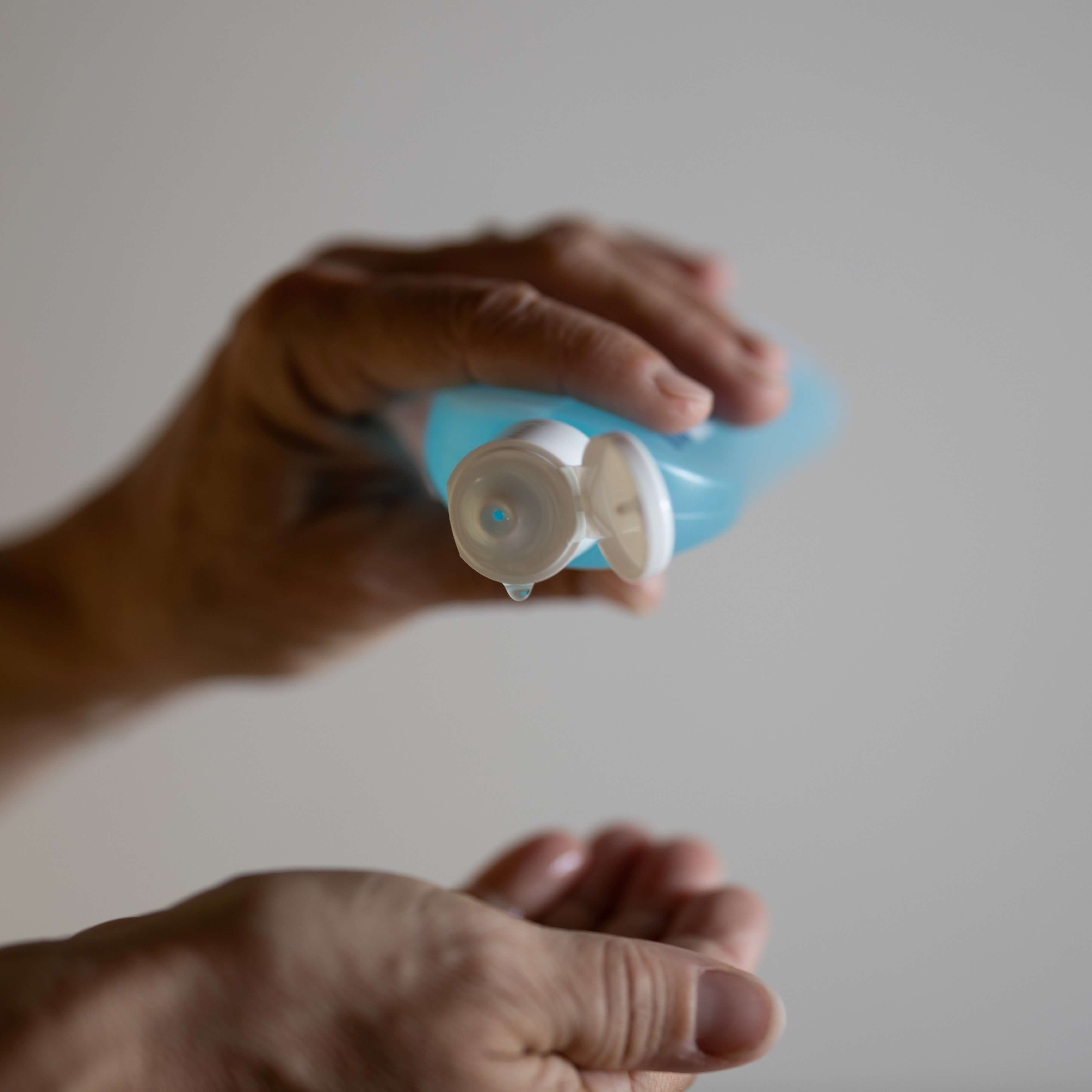
What Is a Lateral Flow Test?
These days, a lateral flow test (LFT) is primarily used to ascertain whether someone is infected with the coronavirus. A lateral flow positive test generally implies that the patient is infected with the virus. But did you know that the test has been in existence long before COVID-19 came to light? In fact, human coronavirus is known to have been first detected in the 1960s, and the LFT was reportedly invented in 1943! The thing is, this test is used to identify not only the presence of coronavirus but also other non-indigenous substances in the human body. A fun fact: your home pregnancy test kit is also an LFT!
You don’t need to be a medical professional to use LFT; any layperson can make it work as long as they follow the instructions. Also, the brands of the test differ, and so do their prices. For example, the FlowFlex COVID test price is different from Healgen test. But before we dive into its usage, let us try to understand the concept behind it.
What Is a Lateral Flow Test?
The test kit itself is often referred to as the lateral flow test. However, LFT is actually the procedure that detects the presence of the contaminant, also called an assay. It is among the fastest methods of identifying the required substances in a given sample, which is why it is also often called the rapid lateral flow test, or simply, rapid test.
Additionally, LFT doesn’t use any heavy medical equipment or machinery to provide the results. The testing kit is usually a simple, 5 cm long strip which absorbs a liquid sample and provides the results within a few minutes. In essence, it is a compact testing procedure that gives quick results, albeit with relatively low accuracy.
Types of Lateral Flow Tests
LFTs can be of two types based on how the result is displayed - sandwich assays and competitive assays. So what does a positive lateral flow test look like in each of these types? Before we get to that, let us understand how to determine the results.
As you might know, the result is usually shown in the form of lines on the strip. Normally, there are two lines: control and test. The control line helps us understand if the sample has been successfully tested, whereas the test line shows if the sample contains the contaminant (whether it is positive or negative). Getting back to the two different types of LFTs,
A Lateral Flow Test: How Does It Work?
As mentioned earlier in the article, an LFT is an assay (immunoassay), which means that its results are based on the reaction between the antigen and the antibody. Once you add the sample, it will seep into the conjugate pad and head to the nitrocellulose membrane, where the presence or absence of the said substance will be determined. Depending on the substance you are trying to detect, the sample will vary. It is usually urine, blood, saliva, or any other serum.
If the sample has passed through the membrane, then the control line will be activated (a coloured line is shown in most cases). The test line will be activated (with or without the colour based on the type of LFT used) if the antigen is present and reacts with the antibody. Once the sample is successfully analysed, it continues on to the absorption pad, which acts as the waste disposal unit.
A Lateral Flow Test: How Is It Done?
It is easy and quick to get yourself tested with an LFT. The instructions are usually provided with the rapid lateral flow test kit you purchased. Check for it before determining which COVID lateral flow test to buy at the pharmacy. That said, you don’t need to be a medical professional to understand and follow those instructions. Here’s how an LFT should be conducted.
- Take one of the swabs from the kit.
- Insert it into your nose or mouth to collect the mucus or saliva.
- Dip the swab into the extraction solution provided.
- Finally, place it on the sample pad of the LFT strip.
The process of showing the results described in the previous section isn’t instantaneous. You may need to wait for around 10 minutes to half an hour for the signal indicators to light up. Other kinds of serum can also be added to the sample pad, depending on what you wish to detect. For instance, to determine if an HIV-positive individual has tuberculosis, a urine sample is required.
Interpreting the Results

As mentioned earlier, the results of the sample analysis are formed on the nitrocellulose membrane. It will usually be a rectangular open display on your LFT strip. For instance, on your Healgen test kit, the results are displayed in the middle of the strip. The result of the test could either be positive, negative, or invalid.
Conclusion:
Thus, though a lateral flow test may be synonymous with COVID-19 these days, you now know that it is used for a number of other purposes. It is an immunoassay with a procedure similar to most other kinds of tests, only more compact and faster than many. An LFT is also quite reliable, although it is better to follow it up with a more accurate and lengthier test.



